Forms of Continuity in Space Baruncusi
Articles and Features
A New Kind Of Form. The Radically Reductive Sculptures of Brancusi
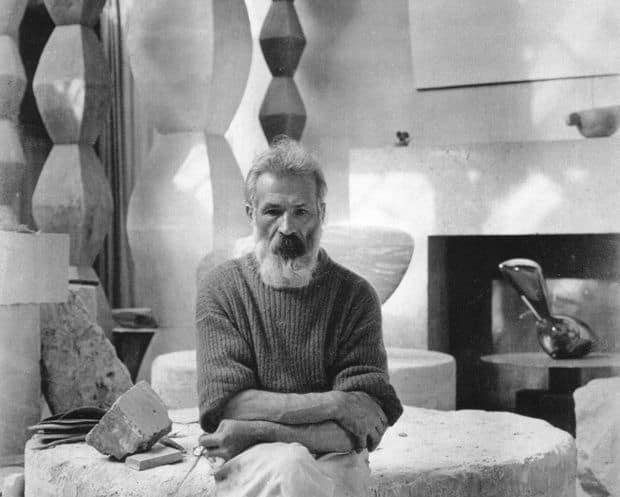
By Shira Wolfe
"Simplicity is not an objective in art, but one achieves simplicity despite one's self by entering into the real sense of things."
Constantin Brancusi
Who was Constantin Brancusi?
Boundary-breaking sculptors are those who in their own way pushed the medium of sculpture forwards into new, unique territories. This edition is dedicated to the avant-garde sculptures of contemporary artist Constantin Brancusi, one of the earliest and greatest pioneers of modernist sculpture, whose highly stylised and streamlined forms straddle both abstraction and representation.
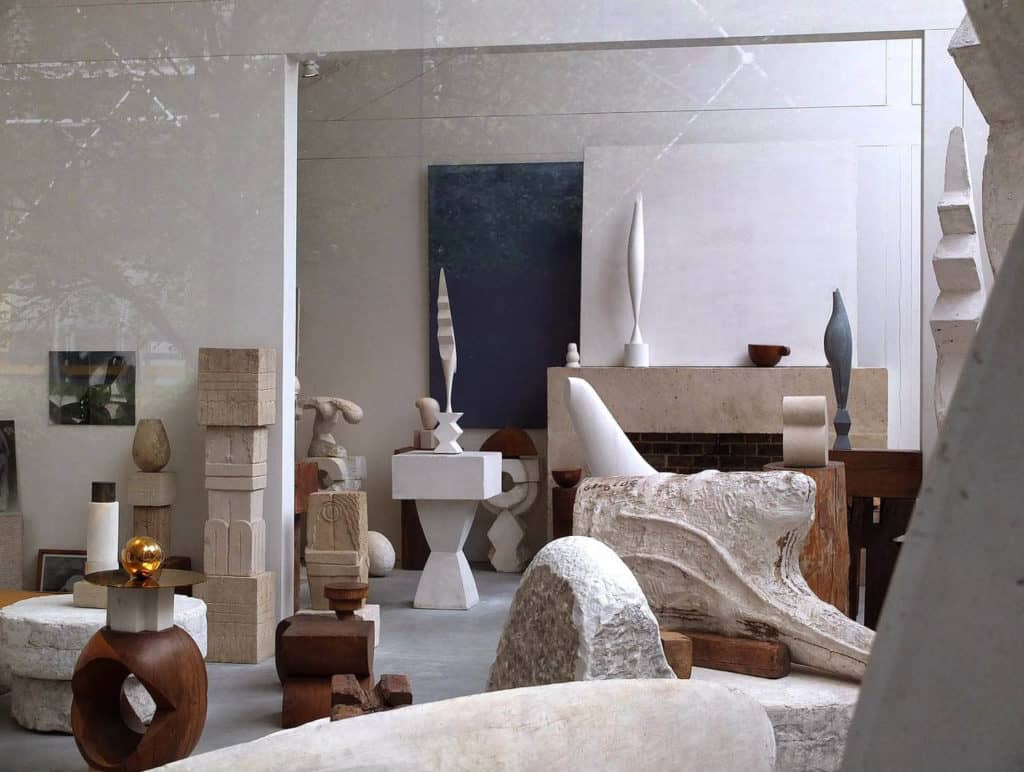
Biography of Constantin Brancusi
Formal Training and Beginning in Art
Constantin Brancusi was born in 1876 in Hobitza, Romania. He studied art at the Scoala de Meserii (School of Arts and Crafts) in Craiova between 1894 and 1898 and at the Scoala Natzionala de Arte Frumoase (National School of Fine Arts) in Bucharest from 1898 to 1902. In 1904, he moved to Paris, where he enrolled at the Ecole des Beaux-Arts. By 1907, Brancusi had secured a position in Auguste Rodin's studio, but he didn't stay there for long as he felt it wasn't a stimulating enough learning environment. In his words: "I felt that I was not giving anything by following the conventional mode of sculpture." It was shortly after this that he began forming his own unique artistic identity.
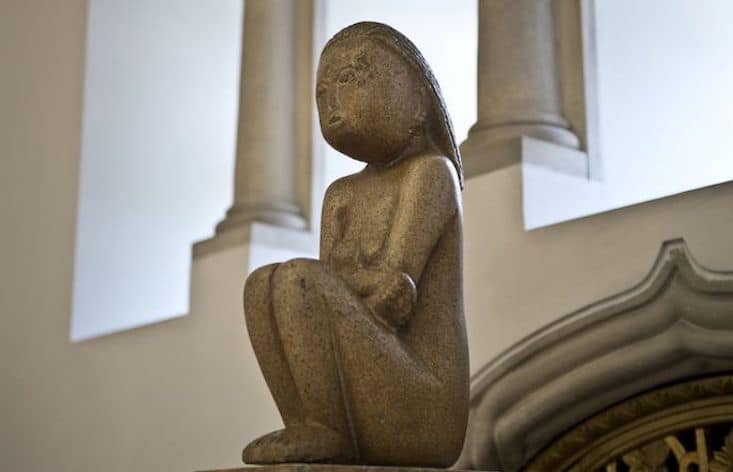
Brancusi's Influences and Signature Style
In Brancusi's time, the prevailing taste and art criticism generally favoured art that showed a physical resemblance to life. However, he had no interest in this and broke with the convention of the academic tradition by creating radically reductive, non-representational sculptures, characterised by a highly stylised form and tremendous sleekness. Brancusi found inspiration in non-European cultures, looking towards what at the time was known as 'primitive art' just like Paul Gauguin, Pablo Picasso, André Derain and other avant-garde artist contemporaries of the time. Yet the artist had another, more personal, influence: he retained an affinity for traditional Romanian folk art which traced back to Byzantine traditions.
Brancusi began sculpting by carving directly into his materials, as opposed to the more common practice of making a model to be cast or to be executed by others. His work started to evolve towards abstracted forms that superficially had little to do with the titles he bestowed upon them. Working in bronze, marble, stone and wood, Brancusi's distilled notion of form most often employed ovoid and elliptical shapes in order to evoke a sense of compositional balance, tranquility, and sinuous movement.
As one of the artist's most famous quotes reads, "Simplicity is not an objective in art, but one achieves simplicity despite one's self by entering into the real sense of things." It was this inner, hidden reality, the very essence of objects, that he was preoccupied with.
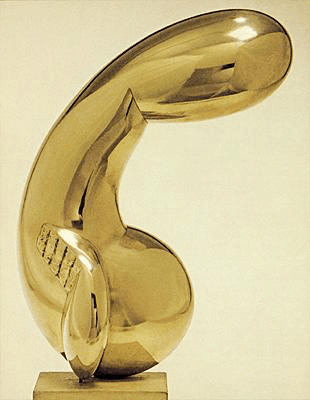
The first major retrospective of Brancusi's work took place at the Guggenheim Museum in New York in 1955. Brancusi died in 1957 in Paris and bequeathed his studio to the Museum of Modern Art in Paris. The sculptor's pioneering abstract forms influenced many great artists after him, such as Henry Moore. With his clear mission to reveal the very essence of objects, Brancusi pioneered a more open understanding of what art can be and a redefinition of what the very term could encompass.
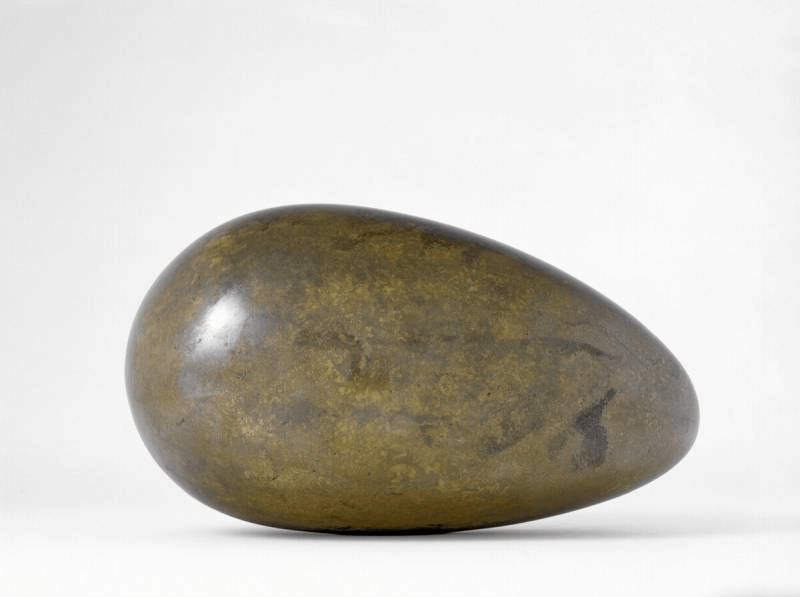
"Nothing is beautiful, except that which is true."
Constantin Brancusi
Controversy Surrounding Brancusi's Works
Brancusi's trailblazing art faced quite some opposition. In 1913, he exhibited in the landmark Armory Show in New York and sparked controversy with his radically abstracted forms. In 1920, the Salon des Indepéndants in Paris forced Brancusi to remove his sculpture titled Princess X due to its overtly phallic appearance. Then, in 1927, there was a famous lawsuit in the U.S. following a customs official's refusal to recognise his Bird in Space (1923) as a work of art. He instead tried to enforce 40 % customs tax on the sculpture, which was standard for objects like kitchen utensils and other appliances. Sculptures, according to U.S. law, were defined as follows: "reproductions by carving or casting, imitations of natural objects, chiefly the human form." Brancusi's formal legal complaint ended with the judge's statement that this new, abstract form of art and its influence on the art world must be considered. Brancusi and his Bird in Space had forced the court and the public at large to redefine their idea of art.
Most famous works by Constantin Brancusi
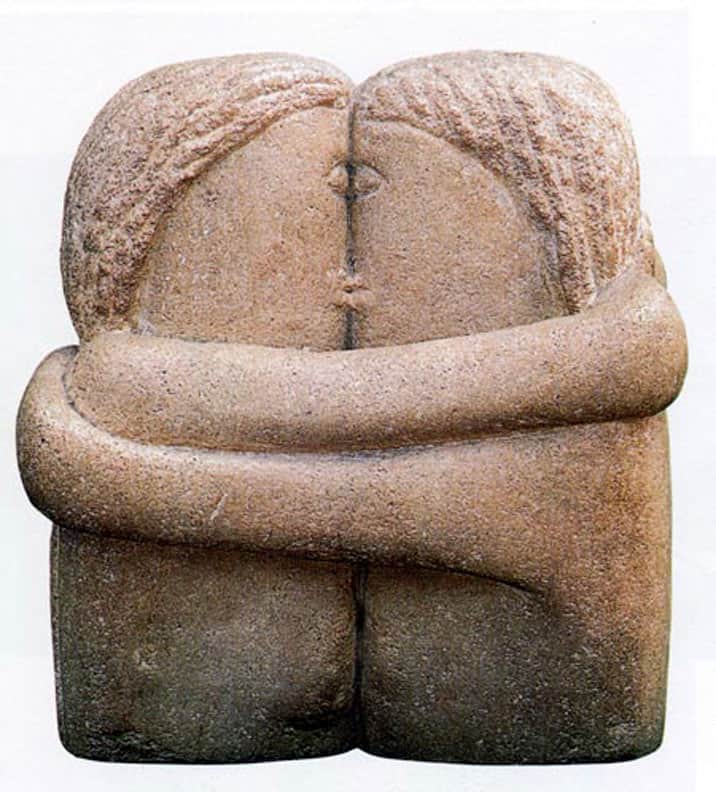
The Kiss
In 1907, Brancusi executed his first sculpture from a series entitled The Kiss. Most likely inspired by Rodin's sculpture of the same name, and completed just after Brancusi left Rodin's studio employ, The Kiss clearly shows the differences in vision between the two masters. The sculpture, directly carved from stone, depicts two lovers kissing and wrapped in an embrace so tight they seem to be melting into one another. Brancusi's choice of rough stone over marble and his raw, chunky shapes are a testament to his desire to remove himself from classical sculpture and its associated tendencies.
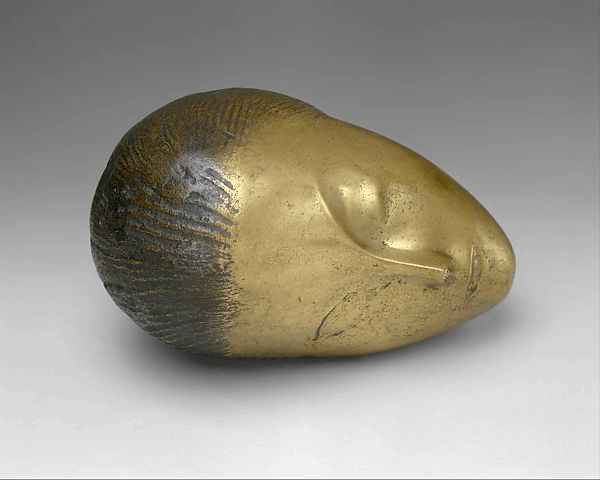
Sleeping Muse
Brancusi's famously smooth and reduced sculptural style can be seen in his Sleeping Muse from 1910. He was fascinated with the subject of the sleeping head, and worked on it in various shapes and forms for about twenty years. In Sleeping Muse, Brancusi reduced the subject to the most fundamental of needed form with highly abbreviated details. The head rests peacefully on its side, as if weighed down by the pure exhaustion of the sleeping woman. Brancusi executed several bronze casts following his initial marble version.
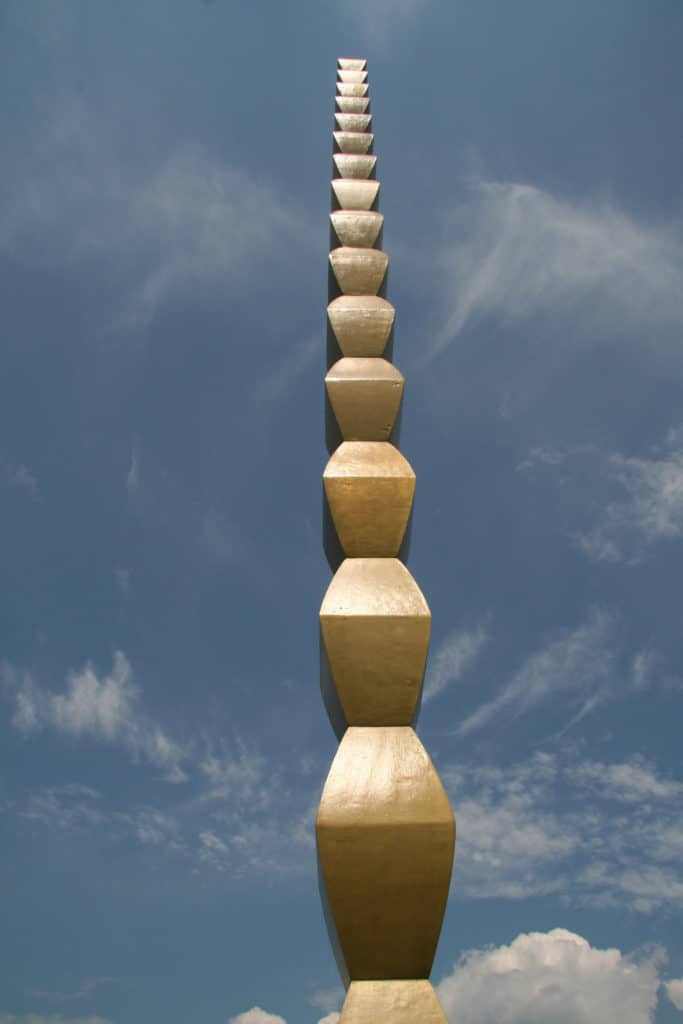
Endless Column
Like many of his other favourite motifs, Brancusi returned to that of the Endless Column several times over the course of his career. He made his first Endless Column in 1918. Carved from oak, he created a succession of truncated pyramids which, when interlinked, formed a rhythmic geometry, suggesting the possibilities of infinite expansion. In the mid-20s, Brancusi made an Endless Column for his friend Edward Steichen, which was over twenty-three feet tall. In 1937, he erected a steel version of the Endless Column in Tîrgu-Jiu, Romania. This column was more than ninety-eight feet tall, and was meant as a memorial to Romanian soldiers who fought in World War I. It was also his last Endless Column, and was part of a larger ensemble including The Gate of the Kiss and Table of Silence.
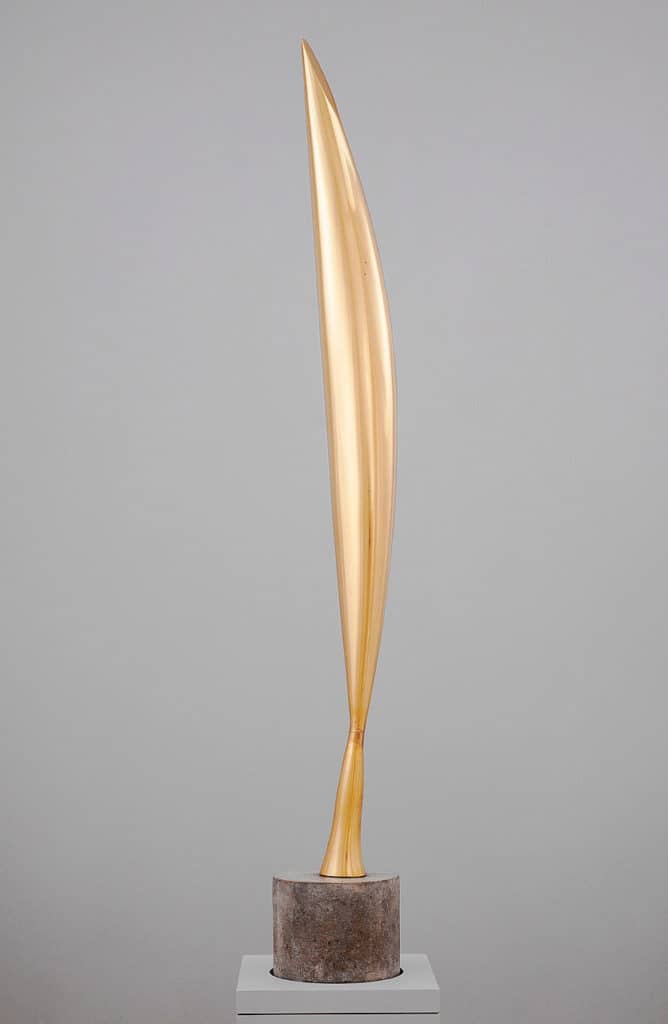
Bird in Space
Bird in Space (1923), the sculpture that famously faced trial about its status as an art object after its arrival in the United States, seems at first glance to have little to do with its title. Yet the smooth, reduced bronze form perfectly captures the lithe forms and graceful arcing motion of a bird in flight. Birds had always been subjects of interest for Brancusi: he had already started exploring the bird in his 1910-1918 series Maiastra, referring to the magical plumed bird of Romanian folklore.
Where to find Constantin Brancusi's work?
Brancusi's works are part of prestigious collections around the world, such as the Metropolitan Museum of Art in New York, the Philadelphia Museum of Art, the Centre Georges Pompidou in Paris, and the Tate Modern in London, among others.
Relevantsources to learn more
Guggenheim
Tate
MoMA
Explore the work of other boundary-breaking sculptors:
Anish Kapoor
Alberto Giacometti
Henry Moore
Louise Nevelson
Source: https://magazine.artland.com/boundary-breaking-sculptors-of-the-20th-century-brancusis-radically-reductive-sculptures/
0 Response to "Forms of Continuity in Space Baruncusi"
Post a Comment